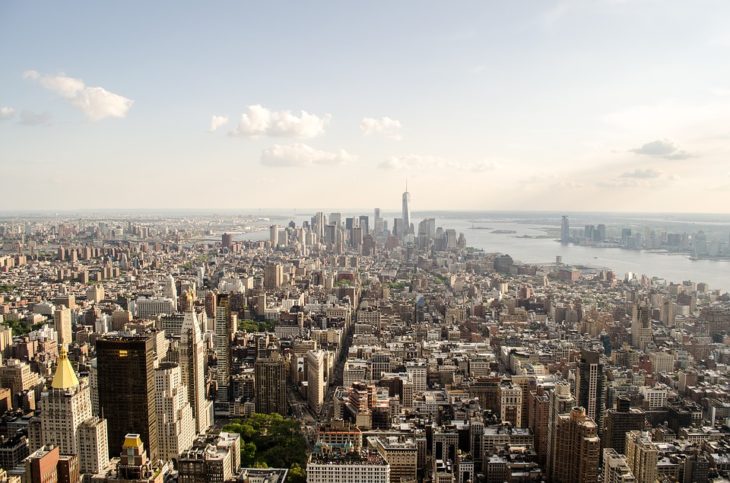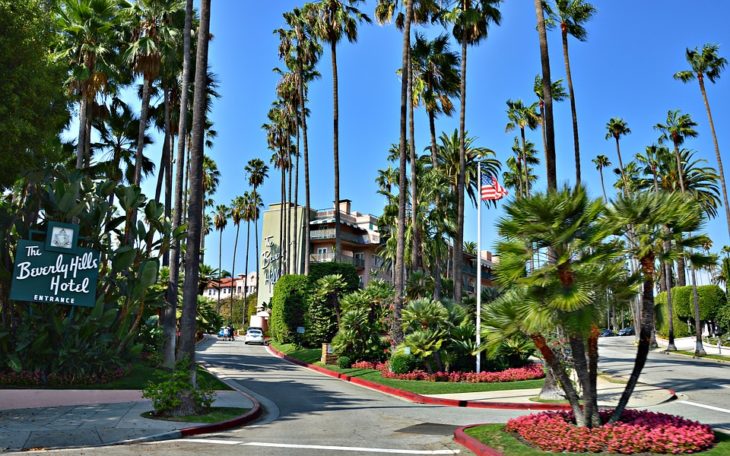Twenty nine states across the U.S. have now legalized medical marijuana, although the strictures of each respective legislation differ wildly. Although MMJ has been legal in at least one state in America since 1996, it still remains a contentious topic among local governments – a contention which becomes apparent with even a cursory glance at the various bills and acts which inform the legality of the medicine across the country. In fact, you don’t even have to look at all the bills; you can look at just two, a comparison which comprises the opposite coasts of the country.
California have always been way ahead of the curve when it comes to medical marijuana. They were the first state to introduce MMJ, way back in 1996, and their loose, liberal approach has informed the way many states approach the controversial subject. It took a further two years for any other state to get MMJ legislature through their respective senates.
Though it wasn’t the first state to introduce recreational marijuana (that was Colorado and Washington simultaneously in 2012), Cali has long been seen as a marijuana advocate stronghold, and followed through with their recreational legalization in November 2016, concurrent with the U.S. presidential election.
Californians Have a Leg Up When It Comes to MMJ

One benefit Californians have over New Yorkers when it comes to medical cannabis: patients aren’t required to get a state ID card or an MMJ card.
MMJ patients in California have it pretty good. Their 1996 bill, Proposition 215, also known as the Compassionate Use Act, still holds up in 2017, despite some vague wording at the time of its issue. There are a whole host of qualifying conditions, not just serious ones, and the list includes the all-important qualifier ‘chronic pain’, which covers many different forms of debilitation, without needing the doctors to diagnose a specific illness before prescribing.
In fact, the law goes one step further, and qualifies any debilitating illness where the use of MMJ has been “deemed appropriate and has been recommended by a physician”. This gives doctors a lot of free rein to prescribe to their patients, without worrying if their treatment plan is in danger of breaking state law.
There are also no possession limits specified by Prop. 215, and home cultivation of the medicine is permitted. However, patients could find themselves in hot water if they grew amounts of marijuana that were obviously excessive to their needs; to clear up this situation, the government added an amendment to the original bill in 2016, which declared that a patient may cultivate up to 100 square feet of marijuana, while primary caregivers with five or fewer patients can cultivate up to 500 square feet.
Most importantly, patients in California are not required to get a state ID card or a MMJ card. They’re both optional, but residents of the state can avail of medical marijuana freely without either of them.
Medical Cannabis Laws in New York
All that freedom stands in stark contrast to New York’s take on the matter of MMJ. Californian patients would think that NY’s legislation was extremely conservative; and they’d be right. The usually-liberal leaning New York shocked MMJ advocates up and down the country in 2014, when it introduced one of the most restrictive medical marijuana bills in the U.S. Initially, it was seen as an extremely conservative step, but a necessary one, given that New York governor Andrew Cuomo has been vocally anti-marijuana (in any form) in the past. Looking at the legislature, it reads almost opposite to California’s bill of eighteen years previous, although of course, they are broadly the same piece of law.

New York’s medical marijuana legislation is pretty much the exact opposite of California’s 1996 MMJ bill.
Initially, New York had a small list of severe diseases under its qualifying conditions. These included cancer, AIDS, ALS, MS and Parkinson’s, although crucially did not include the all important ‘chronic pain’ clause that California’s law has. Since last year, after pressure from MMJ advocates, this has since been rectified, and ‘chronic pain’ is now a fully fledged, MMJ-legal condition in New York.
A second part of the bill that shocked Californians, and has yet to be rectified, is the prohibition on smoking the medicine. Smoking has long been known as the most potent and effect method to consume marijuana; when it comes to medical cases, it’s important that patients give the medicine the best chance it can to work. Unfortunately, under Governor Cuomo, smoking MMJ was considered too much of a risk, and not included in the bill.
Other restricting factors include absolutely no cultivation permitted, and a limit on how many dispensaries can operate in the state at a time (only twenty). This again is in stark contrast to the West Coast, where patients could be sure of picking up their medicine locally and easily.
Looking to New York, patients in California would be shocked to learn that there is only one dispensary for every 27,000 square kilometers of the state. This makes access hard, and also crucially makes it more troublesome for critically ill patients to get the treatment they need.
Although things are changing in New York, they’re still a long way off the liberal leanings of California’s law. Observing the happenings on the East Coast, MMJ patients in Cali are no doubt thanking their lucky stars that they live where they do; conversely, NY patients have got a fight on their hands to bring their legislature up to California’s gold standard.
